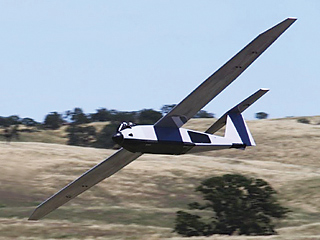INDIAN ARMED FORCES CHIEFS ON OUR RELENTLESS AND FOCUSED PUBLISHING EFFORTS

The insightful articles, inspiring narrations and analytical perspectives presented by the Editorial Team, establish an alluring connect with the reader. My compliments and best wishes to SP Guide Publications.

"Over the past 60 years, the growth of SP Guide Publications has mirrored the rising stature of Indian Navy. Its well-researched and informative magazines on Defence and Aerospace sector have served to shape an educated opinion of our military personnel, policy makers and the public alike. I wish SP's Publication team continued success, fair winds and following seas in all future endeavour!"

Since, its inception in 1964, SP Guide Publications has consistently demonstrated commitment to high-quality journalism in the aerospace and defence sectors, earning a well-deserved reputation as Asia's largest media house in this domain. I wish SP Guide Publications continued success in its pursuit of excellence.
- Indian Air Force Aims for Full Indigenous Inventory by 2047 — Air Chief Marshal A.P. Singh
- General Upendra Dwivedi takes over as the Chief of the Army Staff
- Rajnath Singh assumes charge as Defence Minister for the second consecutive term
- Admiral Dinesh K. Tripathi assumes Command of the Indian Navy as 26th Chief of the Naval Staff
- Prime Minister witnesses 'Bharat Shakti' – a Tri-Services Firing and Manoeuvre Exercise in Pokhran, Rajasthan
T-20 UAV flies high

The Arcturus T-20 unmanned aerial vehicle flew to an altitude of 23,500’MSL during a training flight at Camp Guernsey Joint Training Center, Wyoming. The previous altitude record for the T-20 was 15,000 MSL set at Edwards AFB California. No special modifications to the aircraft were needed. The T-20 UAV was catapult launched and landed safely after the eight-hour flight. Another high altitude flight with second T-20 was also successful, reaching the top of the restricted military airspace.
A team of pilots, controllers and engineers from the manufacturer, Arcturus-UAV, were allowed to take the T-20 to the record altitude as part of an acceptance test for a new fleet of aircraft.
Manufactured in the USA, the T-20 is a runway independent, Tier II class, small tactical unmanned aerial vehicle. The primary mission of the T-20 is intelligence, surveillance and reconnaissance. Typical missions include aerial mapping, drug interdiction, border patrol, force protection, search and rescue, as well as military ISR. The T-20 is also being studied for use in fighting wild fires.
The T-20 payload consists of a gimbal sensor that provides full motion video from daylight and infrared cameras. Video is transmitted by secure data link to mission commanders on the ground. An onboard GPS autopilot with waypoint navigation accepts multiple flight plans from the ground control station, allowing the T-20 to fly missions up to 16 hours, and return to a specified location autonomously. The T-20 is powered by a 190cc an air-cooled, four-stroke, fuel injected engine. Carbon fiber composite construction used in the T-20 airframe allows the UAV to carry payloads up to 65 lbs.
The first flight of the T-20 UAV took place January 20, 2009, at Edwards AFB California.





